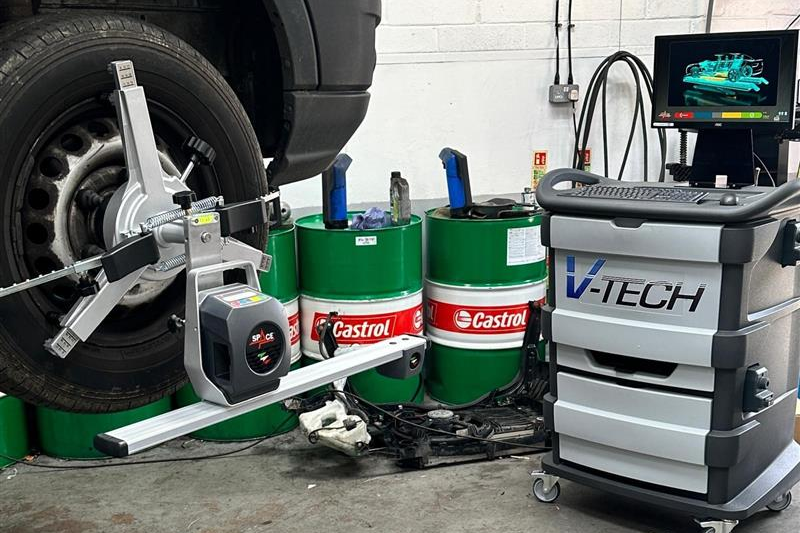We use cookies to make your experience better. To comply with the new e-Privacy directive, we need to ask for your consent to set the cookies. Read our Privacy and Cookie Policy.

Accurate alignment protects tyres, suspension and customer confidence. A disciplined maintenance routine keeps your readings trustworthy and your team efficient.
Daily checks that pay off
- Inspect clamps/targets for damage, dirt and missing parts.
- Verify level surfaces and turnplate freedom of movement.
- Run a quick reference check if your software supports it.
- Store accessories correctly to prevent knocks and drift.
Building these habits around your wheel alignment equipment improves repeatability across shifts.
Calibration routines: little and often
Follow the manufacturer’s interval for full calibration and keep a log. Temperature swings, knocks and heavy usage can nudge sensors out of spec. If readings feel “off”, re-verify before continuing work on a customer vehicle.
Common faults & fast fixes
- Inconsistent readings between techs: Re-train on target placement and run a reference check.
- Clamp slippage on large wheels: Inspect pads/jaws and replace worn parts.
- Software anomalies: Update to the latest database; reboot and re-initialise cameras if needed.
- Physical knocks: Document incidents and schedule a calibration before returning to live work.
Record-keeping & reporting
Save before/after printouts in the job record. Use them to coach technicians, evidence corrective work and reduce disputes.
When to upgrade
If calibrations won’t hold, components are obsolete or large wheels/EVs regularly exceed your capacity, it’s time to move to a modern wheel alignment machine. Newer systems offer faster setup, better documentation and improved accuracy on complex suspensions.
FAQs
How often should I calibrate?
Follow the manufacturer’s schedule and add an extra verification after any knocks, moves or software updates.
What if my results vary by technician?
Standardise the workflow with on-screen guidance and periodic refresher training on target placement and clamp handling.
Do I need special routines for EVs?
EV weight and suspension geometry demand precise procedures. Ensure your tire alignment machine supports your largest wheel sizes and offers clear guided adjustments.
Next step: If persistent drift or downtime is slowing your bay, review our automotive alignment machine range to improve accuracy and throughput.



